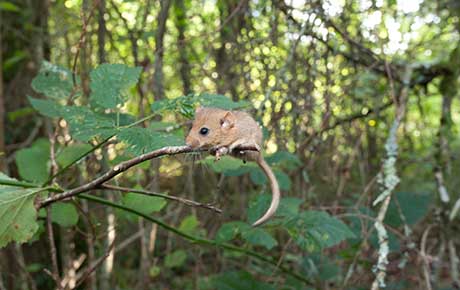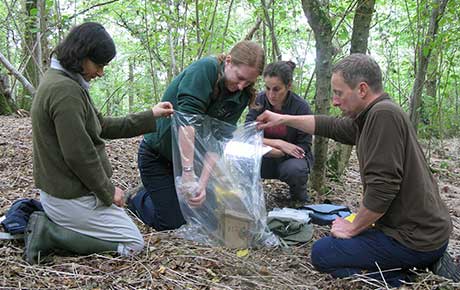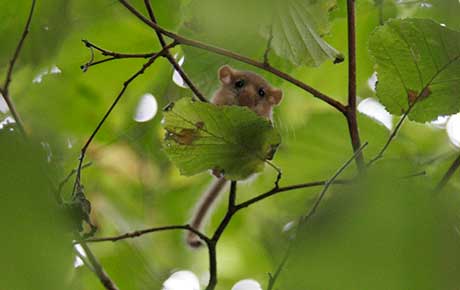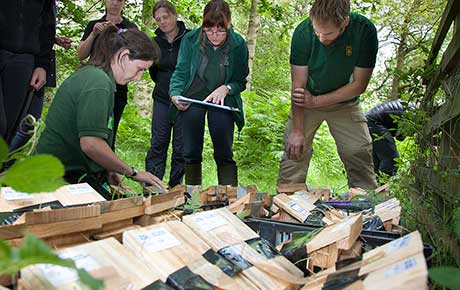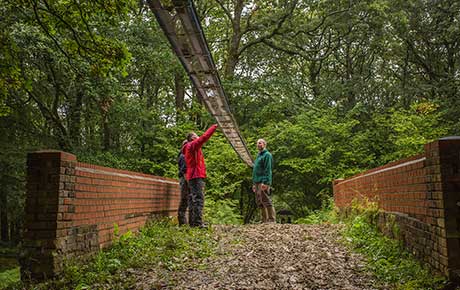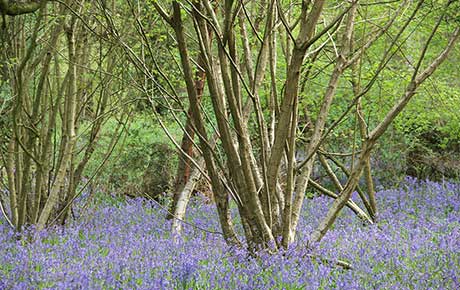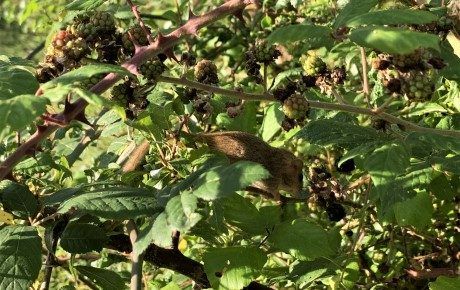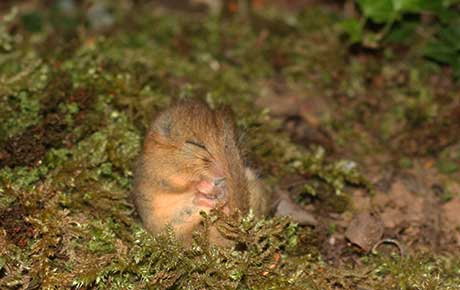Hazel dormouse conservation
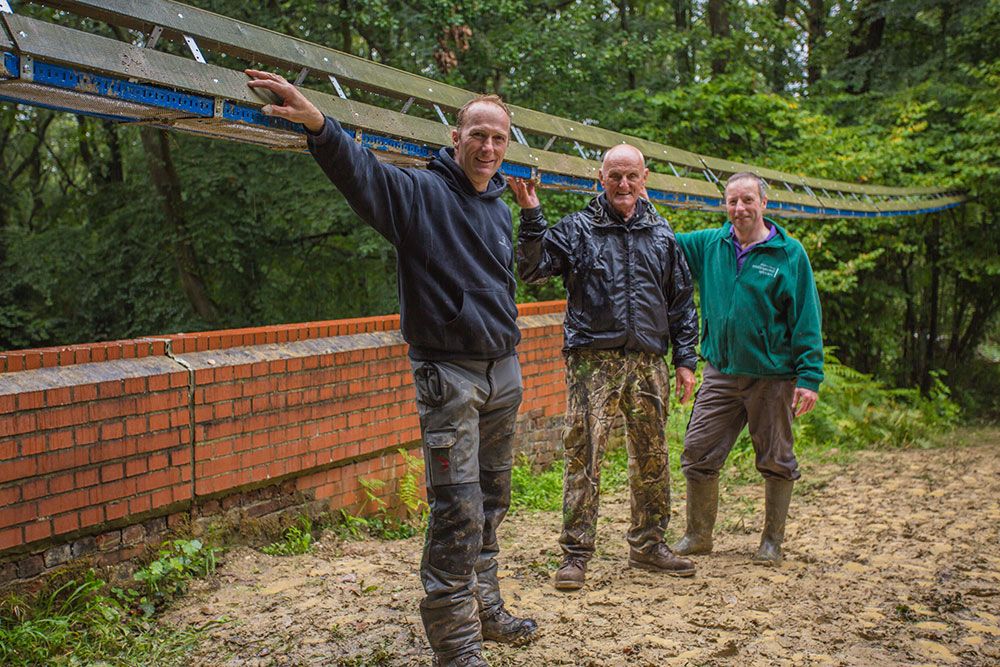
We are leaders in UK hazel dormouse conservation, aided and abetted by thousands of amazing volunteers and like-minded wildlife organisations, ecologists, researchers and government agencies.
Leaders in conservation
Hazel dormouse numbers and range are in long-term decline. The main threats are reduced woodland management, fragmented woodland habitats and the impacts of climate change. Conservation predominantly focuses on improving woodlands and reducing fragmentation.
Hazel dormice are a Species of Conservation Concern. The national dormouse conservation plan aims to maintain dormice where they still exist, enhance populations where possible and reintroduce dormice to areas where they’re now extinct.
Maintaining our remaining dormice
We need to know where dormice remain if we are to help them and we need to know that our conservation efforts are working. The National Dormouse Monitoring Programme (NDMP), set up in 1990 and managed by us, collects long-term data from dormouse boxes to show us how the UK population is doing. There are hundreds of sites each with at least 50 dormouse nest boxes, regularly checked for dormice. We supply dormouse boxes at cost with the great help of HMP Humber.
The National Dormouse Database (NDD), also managed by us, contains one-off records of dormice such as from cat kill or revealed during hedge cutting.
We also provide woodland management advice.
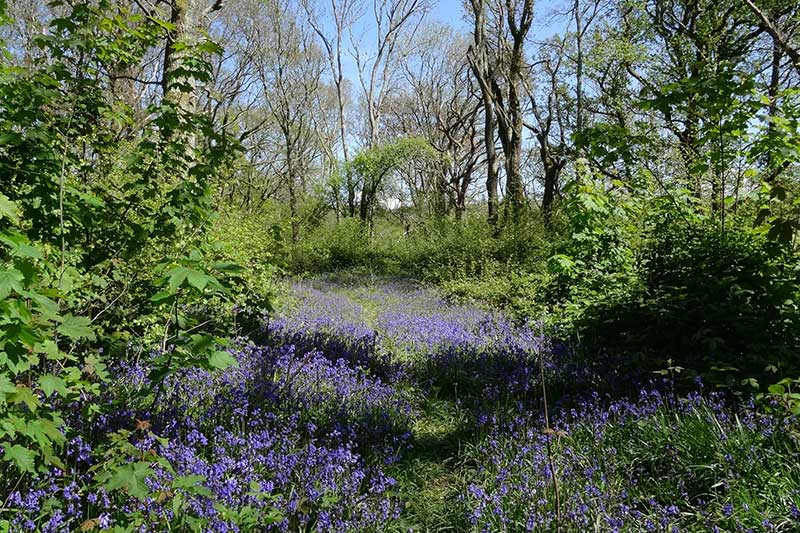
Enhancing dormouse populations
We help dormice disperse into the wider countryside by promoting appropriate woodland management, planting new woodlands, managing hedgerows and by using dormouse bridges.
Reintroducing hazel dormice
Dormice are extinct in at least seventeen counties in England. The reintroduction programme aims to restore them to these counties and to increase populations at the edge of the current range.
The first reintroduction was to a wood in Cambridgeshire in 1993. Since then there have been 31 reintroductions, introducing 1029 dormice to 25 sites in 13 counties.

